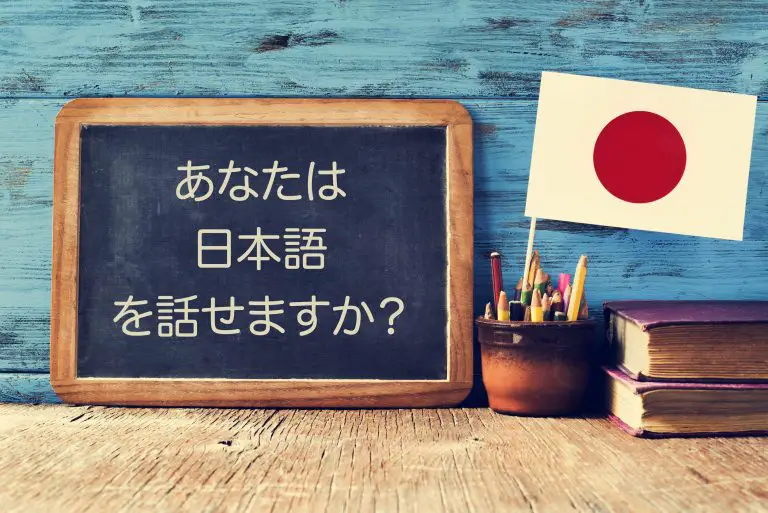
Immerse yourself in JapaneseĪ lot of people say immersion is key.

These are also great platforms to learn from others just like you! 5. Otherwise, go online and on apps like italki or HelloTalk. Sometimes, in your city or country, there’s a community of Japanese language learners like yourself. So, to do that, you should definitely find a language exchange partner early on so you can start using your language skills ASAP. On top of that, you will also start to fear speaking in Japanese. However, that doesn’t give you the opportunity to learn from your mistakes. The best part about the previous technique is that you don’t have to be afraid of making mistakes with someone else. Say you ordered something in a restaurant. After having a conversation with someone, try to translate that conversation into Japanese at your own pace. This last way of practicing this technique is one that I often do, and that’s translating my own conversations. What do you see? What are the people doing? What’s the weather like? You can even do it on your way home from school or work. You can also practice this technique by describing your surroundings. Try to think in Japanese: “あの犬は可愛い” (“that dog is cute”). If you see a cute dog coming your way, you might start to think in English “it’s cute”. The easiest way to start doing this is by reacting in Japanese. When you actively use these words and grammar, you’ll be able to store them in your brain easier! Reading the meaning to a word or an explanation to a grammar point won’t guarantee that you can recall it when you need it. For this one, you would have to really put in the effort to do this, especially if you’re not already bilingual.īy doing this technique, you’re going to be able to lock those new words and grammar into your brain even faster. One of the most important ways to improve your Japanese language skills is by training your brain to think in that foreign language. Stay committed, keep studying regularly, and you’ll be able to reach your language goals as early as 90 days! 3. You’ve got to be a bit responsible for your language learning journey. This will definitely help you to learn Japanese faster.Īnd last but not least, consistency is key. Whatever you learn in that 15 minutes a day, be sure to repeat them and lock them in memory. This helps you to focus and not push yourself too much.

Some people actually study and retain knowledge better when studying in small chunks of time. When you have mnemonic devices linked to Japanese language learning, you’ll be able to retain them in your brain faster and easier.Īnd while some people often binge study, it may not help all. A lot of people find this language learning hack pretty useful. So you focus on 20% of the language you use most to yield 80% of your speaking abilities.Īnother way is by using mnemonics. There’s a 80/30 rule that says you get 80% of your results from 20% of your efforts. One of the most popular methods of learning Japanese fast is using a spaced repetition system (SRS). Depending on your style, pick up language learning hacks to help you learn Japanese faster and easier. Use language learning hacksĪs I mentioned earlier, different people have different styles of learning. If you’re here for the fast fluency, you can afford to not know the order of the strokes. I would recommend foregoing this unless you’re doing it for school.

The more you see them, the more you’re able to recognise them. Have yourself be exposed to kanji characters on a daily basis. Most conversational words use essential kanji characters. When you learn new words, look at what the kanji characters for them are. One way to learn kanji is through vocabulary. I’d say there are around 2,000 essential kanji characters that you would need to take time to learn. They are the Japanese alphabet that represents a syllable.Īs for kanji, they are Chinese characters that are used in Japanese writing. Hiragana and katakana are pretty easy to pick up. Each of them are used for their own purposes and knowing all three of them is essential if you want to reach a good level of fluency. In Japanese, there are three writing systems: hiragana, katakana and kanji. The first one I think is the most important tip of all is: do not skip the writing systems. But generally, if you stick to these 7 tips, you might be able to skip a bit of time out of your language learning journey. Of course, these all depend on the individual and what one’s study method is.

While I personally feel like there are no shortcuts to learning a new language, there are tips and tricks that can help you to learn faster and easier. Learning a new language is tough, and most of us would want to find ways to do it quickly. If you want to learn Japanese, you’ve come to the right place! We at Nihongo Master are dedicated to providing you with the best Japanese language learning content on all our various media platforms.


 0 kommentar(er)
0 kommentar(er)
